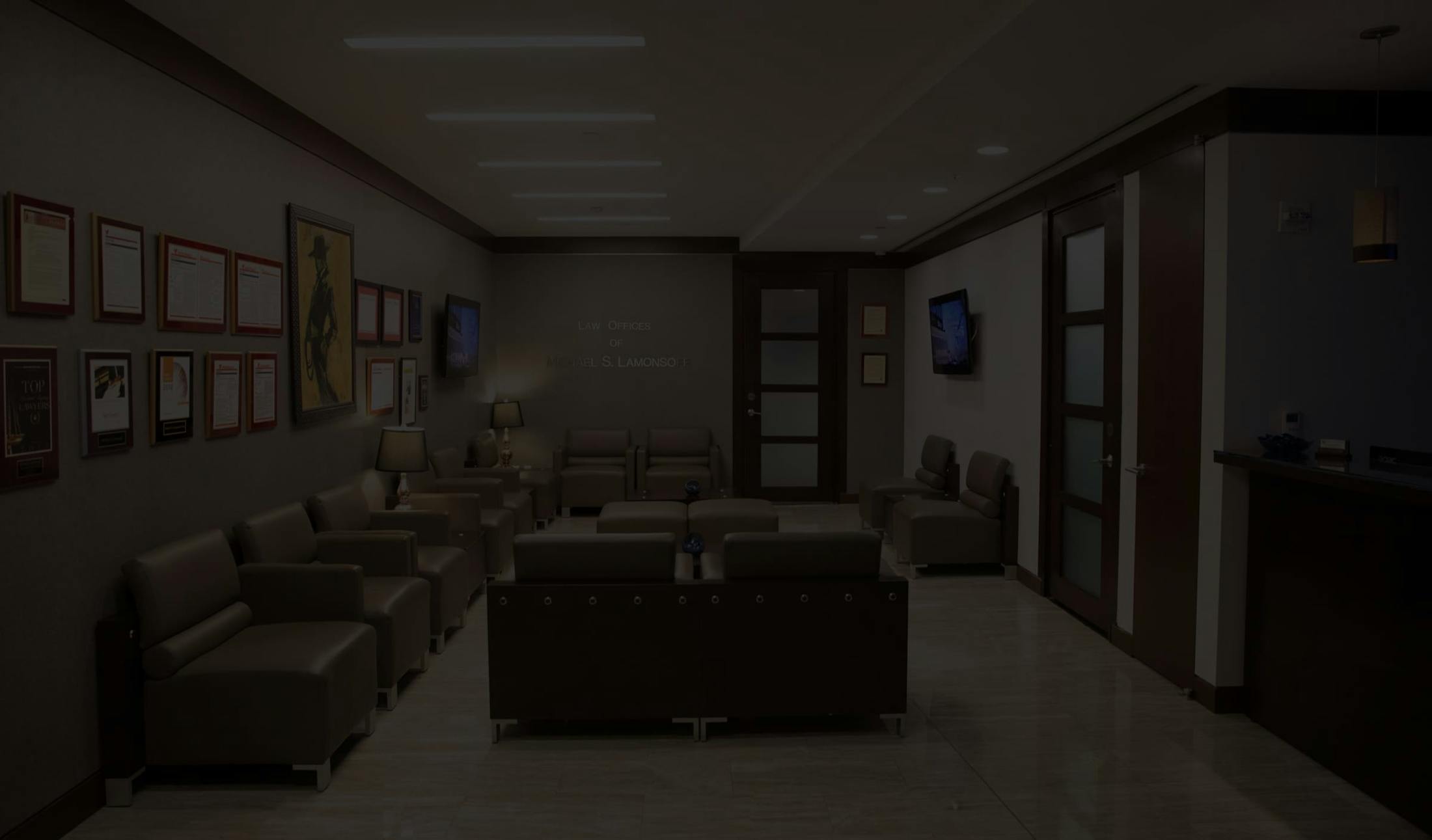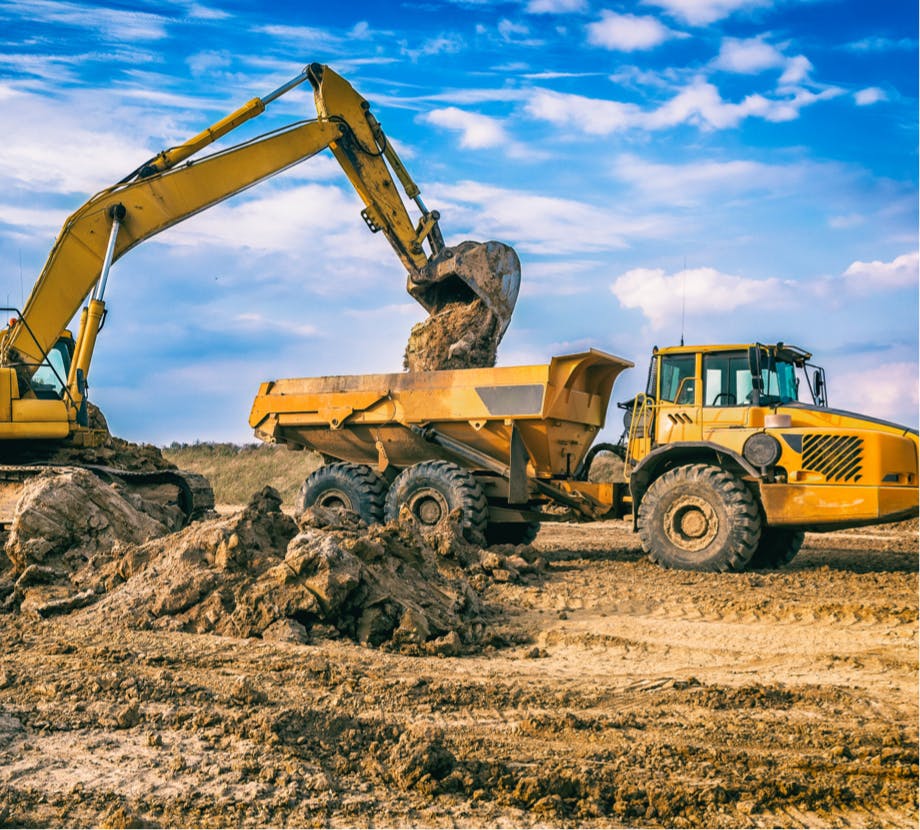Types of Heavy Construction Equipment and Machinery in New York Construction Sites that Pose Dangers to Workers
New York construction sites utilize a wide array of heavy machinery. Each of these machines serves a crucial purpose in the building process, but also introduces serious risks to workers if not properly handled. Common examples include:
- Excavators: Used for digging foundations and trenches. They have powerful arms and large metal buckets that can strike workers or trap limbs.
- Cranes: Used to hoist materials to high elevations. Improper rigging or overloading can lead to catastrophic collapses or falling loads.
- Bulldozers: Employed to move large amounts of earth. Their large blind spots and momentum make them dangerous in tight spaces.
- Dump Trucks: Move materials in and out of sites. Workers may get injured when walking behind these trucks unaware of reversing maneuvers.
- Forklifts: Handle materials in warehouses and loading zones. Tipping over or falling loads pose serious hazards.
- Backhoes: Combine digging and loading capabilities. Accidents occur in swing zones or from improper operation.
- Compactors: Used to compress soil or asphalt. They are heavy, slow-moving, and potentially deadly when workers are unaware of their path.
- Scissor Lifts and Boom Lifts: Allow access to elevated work areas. Risks include falls, tip-overs, and crushing against fixed structures.
Each of these machines requires specific safety protocols and operator training. With New York's fast-paced construction environment, overlooking basic safety procedures can have fatal consequences.




